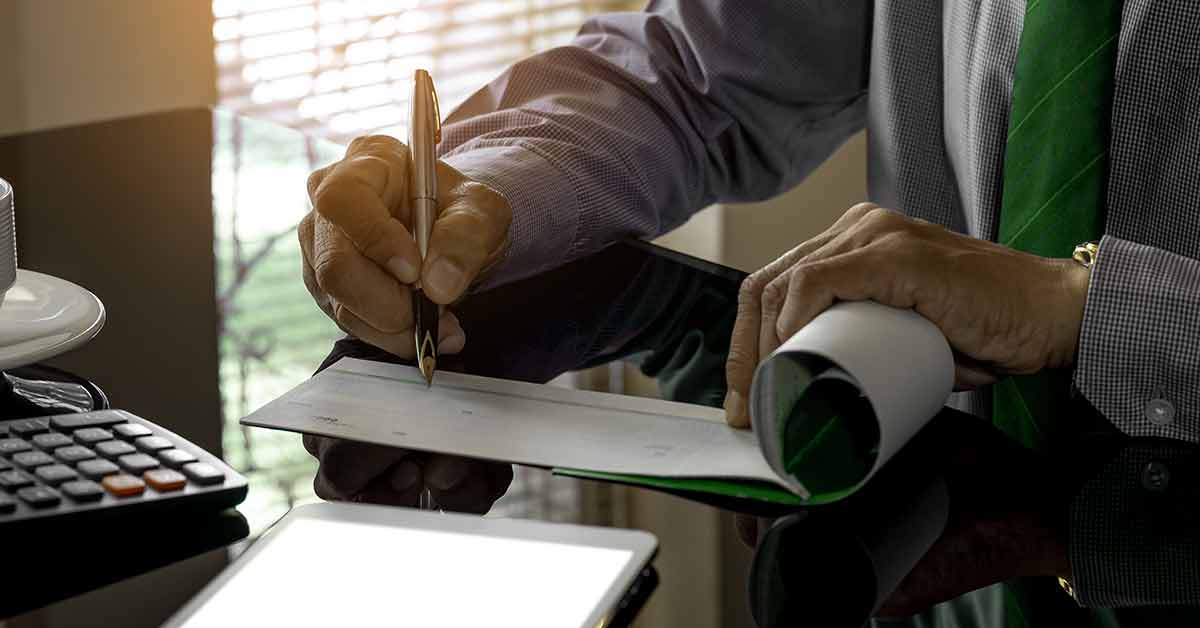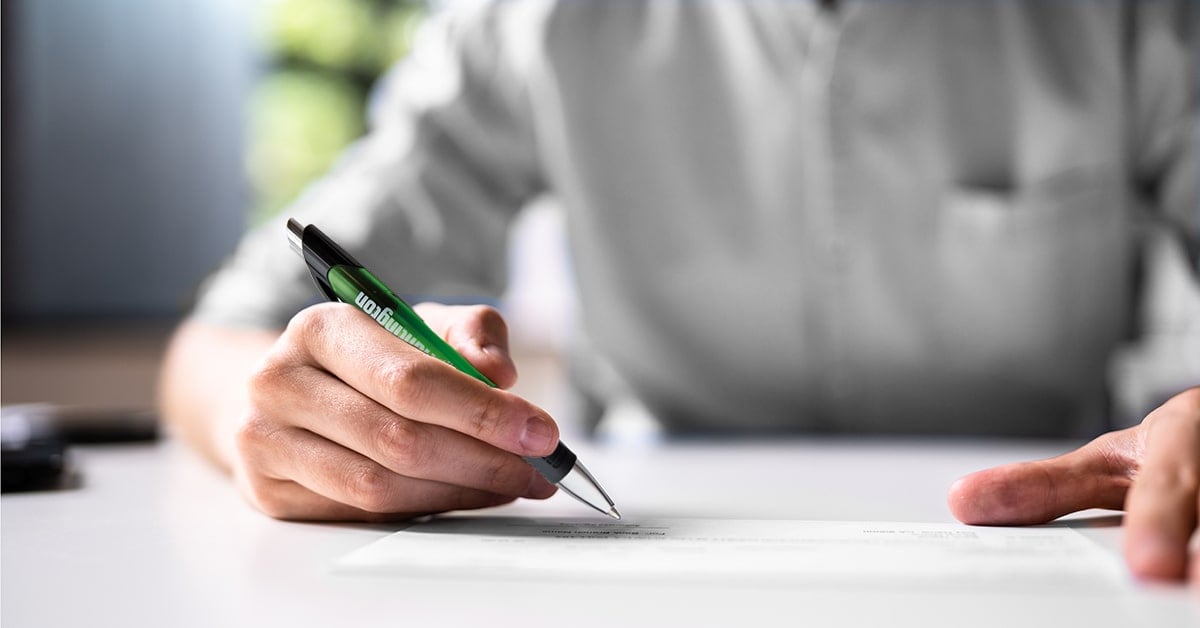You must also fill out a few pieces of information such as providing the name of the person or organization receiving the funds (the payee). The financial institution that issued the money order should also have its name printed on the money order†.
How Do Money Orders Work?
Since money orders are written to a specific recipient, they can be more secure than cash, and are less likely to bounce because the issuer of the money order will typically require the payment upfront. If you are receiving the money order, you should be able to deposit the money order similar to how you would with cash or a check. You pay the value of money order and any associated fees when you get it. Then, you send the money order to your intended recipient. They take it to their bank or another place that cashes money orders to exchange the money order for cash. Depending upon where they cash it, there may be a fee to cash the money order.
Money orders are usually accepted, but you may run into a situation where a store won’t accept a specific type of money order. Therefore, it’s considered a good idea to cash the money order at the same institution that issued it. This makes the U.S. Postal Service, MoneyGram, or Western Union popular places to buy a money order. These companies have locations across the U.S., so the recipient is likely to have a location nearby to cash it.
Money orders are typically capped at a certain dollar amount. The U.S. Postal Service won’t issue one for more than $1,000‡. Grocery stores and other places that sell money orders may have a different limit. If you need a money order for more than the limit, you may want to consider a cashier’s check. You can read about the differences between a cashier’s check and a money order to decide which option is the best for you.
How to Get and Send a Money Order
Typically, the following places sell money orders:
- U.S. Postal Service
- Grocery stores (customer service counter)
- Convenience stores
- Check cashing stores
- Payday loan stores
- Major Big Box Store locations (customer service counter or Money Services counter)
After you get to the location, it’s simple to purchase a money order. First, simply ask the cashier for a money order. The value of the money order, plus any associated fees, must be paid at the time of purchase. The fees vary but are typically under $2. If the money order is valued at $100 and there’s a $2 fee, the grand total will be $102. Some comparison shopping may result in finding a cheaper fee. The cashier may or may not ask for ID. An ID isn’t typically needed to buy a money order, but it might be needed for higher dollar amounts§.
Some stores will provide a receipt and the money order will have a stub attached to it. Keep both of those. In some locations, the stub is the receipt. Keep the receipt and/or money order stub in a safe location. They’ll be needed if the money order is lost or stolen.
If a money order is lost or stolen, contact the company that backs the money order. This may not be the place where you purchased the money order, but you can typically find the name of the company that backs the money order written on the front of the money order. Note: There may be fees associated with tracking or refunding a money order¥.
After the money order has been completed, it can be sent or given to the recipient. Make sure the payee information has been filled out before it is sent. Never mail a blank money order. We have detailed instructions on how to fill out a money order for guidance.
Additional Information to Complete a Money Order
Here are some things to keep in mind when you’re considering purchasing or cashing a money order:
You don’t need a bank account to buy a money order. The fees per money order are small but can add up. Some people use money orders to pay monthly bills like rent, an electric bill, etc. If someone is buying five money orders every month at $2 each, they’re paying $10 a month in fees. That adds up to $120 a year just to pay household bills. That money can be saved by opening a bank account online and paying bills online. If you bank with Huntington, you can take advantage of The Hub, our digital banking tools to help you manage your finances.



